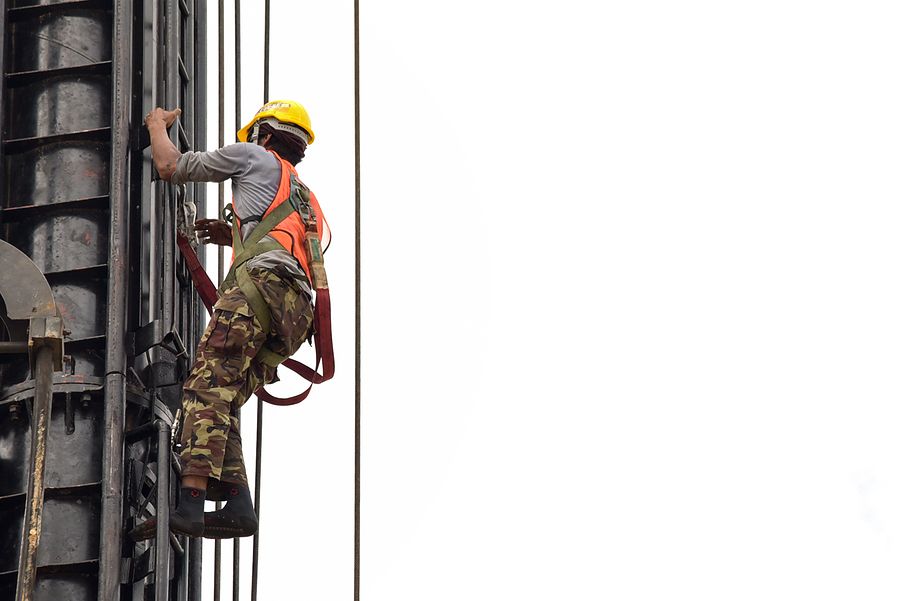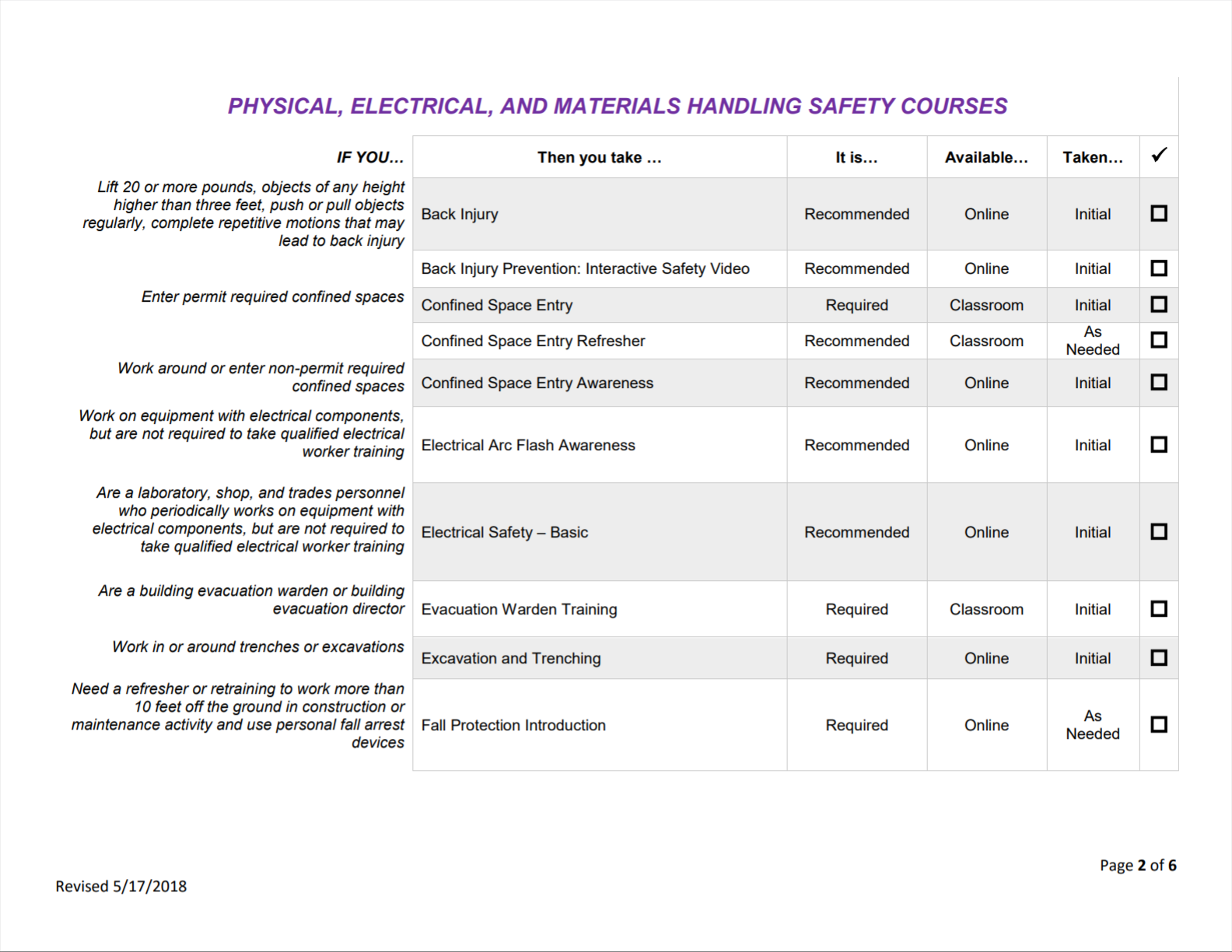The Importance of Safety Training

Thousands of workplace deaths each year can be attributed to one main issue, a lack of proper safety training.
Safety training isn’t just a good idea; OSHA regulations require that your personnel be trained.
Often, it is argued that training is unnecessary because the employee in question had many years of experience with the given work.
Years of experience will mean that they most likely know how to perform a task, but do they know how to perform it safely? Do they know what is required of them by federal law?
So, What is Compliant Safety Training?
To become compliant and to help keep your employees safe, your company should first develop a training matrix.

Example of a Safety Training Matrix (Source: University of Washington)
Find which sections of the OSHA regulations apply to you, turn to the training section of each subpart, and find what the requirements are. In addition to this, implement any relevant training course that isn’t required by OSHA (e.g., First Aid/CPR/AED).
A great place to reveal key areas of safety training in your workplace is through resources found on OSHA’s website, like the OSHA's Training Requirements PDF.
Remember to divvy up that list per role within your company. Your administrative staff may still be required to have annual Hazard Communication training for instance, but will likely not need Hazardous Waste Operations and Emergency Response (HAZWOPER) courses.
Additional Benefits of Proper Safety Training
Beyond compliance, safety training is just a good idea.
Proper training helps workers understand their rights, gives an overview of specific hazards to which they may be exposed and helps them to be able to protect against those hazards. In many cases, though, it will not suffice for specific required training.
Your employees should demonstrate and continue to demonstrate their understanding of the subject matter. For example, if your employees do not know how to don and adjust a harness properly, have no concept of fall clearance, are connecting to insufficient anchor points, and/or are not performing satisfactory inspections of the equipment, the training will be deemed inefficient.
This also applies to you, the instructor, manager, or business owner. For those of you who have never donned a fall protection harness before, go get one and, with no instruction, put it on. You would be surprised at how much practical knowledge you can acquire by familiarizing yourself with the equipment your employees use on a regular basis.
Try to put yourself in your employee's shoes, answer their questions before they come up and provide practical advice and actional information.
The Cost of Not Doing Safety Training
A couple of hours of downtime for safety training will save you and your company time and money. There is an incredible amount of money spent on medical bills, insurance premium increases, training an injured employee’s replacement, equipment damage, OSHA citations, and lawsuits. But, more important than any of this, is the fact that safety training could save the life of one of your employees.



